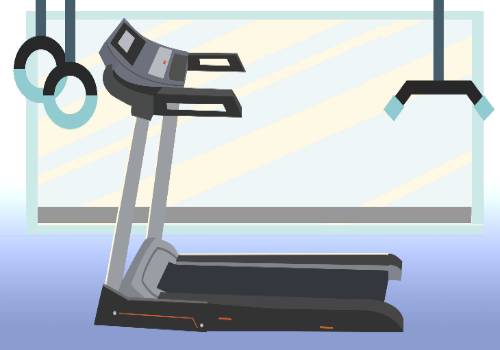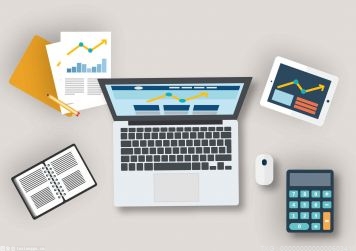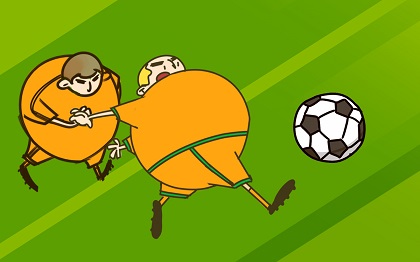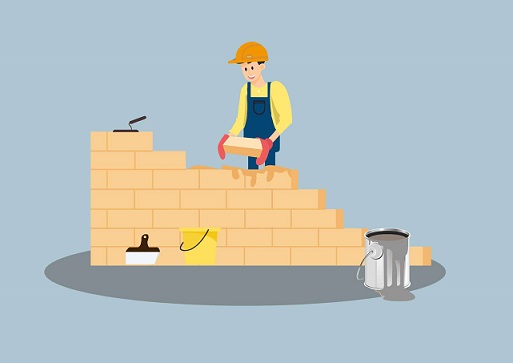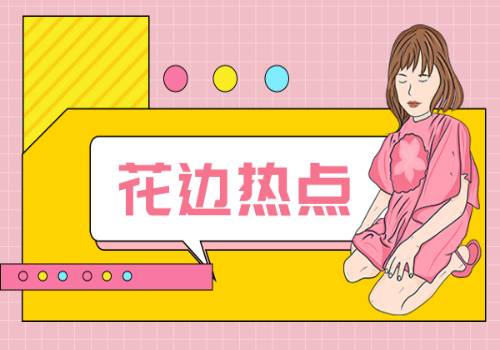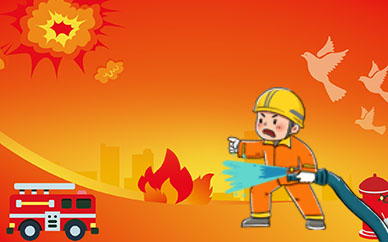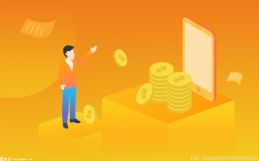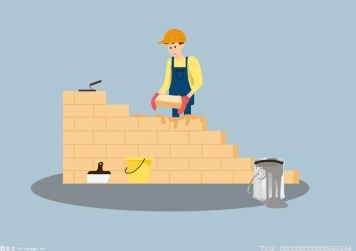美国打工人正处于创伤后成长期,将大批量转型
JANE THIER 2023-04-10 当一切最终结束时,我们都必须找到一种新常态。 图片来源:COURTESY OF JOANNE LIPMAN新冠肺炎疫情刚刚来袭时,有人通过烤面包或重新装修公寓来打发时间。但《今日美国》(USA Today)和《华尔街日报·周末版》(The Wall Street Journal’s Weekend Journal)的前主编乔安妮·利普曼选择开始写书:《下一步!重塑生活和工作的力量》(NEXT! The Power of Reinvention in Life and Work)。
“我真的会在半夜醒来,开始思考,‘当一切最终结束时,我们都必须找到一种新常态。’”周一,她在Fortune Connect的一次高管会议上向《财富》杂志的彼得•凡纳姆回忆道:“我们没有指导手册,不管最终会走去哪,我们都需要自己弄明白该如何从这里走过去。”
 (资料图片仅供参考)
(资料图片仅供参考)
利普曼说,这是一本指导人们在工作和生活中做出有意义的转变和重塑的手册。在书中,她用了整整一章来讲述创伤后的成长,“这与创伤后应激障碍同时发生”,利普曼说,这正是美国——尤其是打工人们——目前正在经历的。这是一个相对较新的研究领域,美国心理协会(American Psychological Association)将其定义为经历了挑战个人核心信念的创伤,并在创伤后得到了积极成长。但不要把这个概念和复原力混淆,复原力只是指一个人的恢复能力。
疫情之后,“作为一个群体,我们都有这样的机会”,利普曼告诉凡纳姆。她接着说,不管你个人是否受到了影响,这场疫情对每个人来说都是“巨大的创伤”。她说:“它让我们停下脚步,让我们脱离常规,给我们以空间,让我们重新思考我们的优先事项,以及我们与工作的关系。”
它引发了一个被称为“大反思”的主动思考的新时代,在这个时代,员工们走下仓鼠转轮,思考自己在个人生活和职业生活中真正想要的是什么。在微观层面,员工们开始质疑公司的价值观。在宏观层面,这通常意味着他们加入“大辞职”潮,寻找更好的职位,甚至是一个全新的开始。然而,对于其他许多人来说,他们并没有选择做出重大飞跃,而是完全从他们不满意的工作中撤退。(这也是这个饱受诟病却极其精准的新词“躺平”从何而来。)
“我们开始重新思考自己生活的方方面面,特别是我们的职业。”利普曼说,“我们在想,我们如何才能以一种更有成效的方式前进,并朝着前进的方向成长?”
利普曼说,人一旦有了成长的愿望,往往会寻找一条新的道路,可能包括离开目前的岗位,寻找一份薪水更高的工作,甚至彻底改变职业生涯。无论如何,一个分为四步走的进程开始了。她称之为“重塑路线图”。
“寻找、挣扎、停止、解决”的4S方案
利普曼的“重塑路线图”从寻找开始,这时你才刚刚启动,开始收集将要引导你转型的信息。大多数情况下,你可能甚至没有意识到自己进入了这个阶段。
相反,一旦你进入挣扎阶段,你就会意识到你已经进入到路线图中了。这时你已经抛弃了以前的身份,但还没有完全弄清楚新的身份。利普曼称这段时间会哪里都不舒服,“有点痛苦”。正因为如此,也因为这个阶段枯燥乏味,大多数人都不讨论这个阶段。
“伟大的商业故事往往略去这部分,这种手法贻害无穷。”她说:“马克·扎克伯格似乎一下子就从大学生变成了科技界的亿万富翁,对吧?”
不讨论挣扎阶段意味着当大多数人处于这个阶段时,他们可能会觉得是自己出了问题。相反,利普曼说,这个阶段是整个过程中最重要的部分,会一直持续到你进入第三个阶段:停下来,这时你就被拽出了你现在的日常。
这个契机可能是你主动的选择,比如辞职,也可能是强加给你的,比如失业。重点是它能让你在现有轨道上停下来。在利普曼看来,这时你有机会可以换个角度来思考生活中经历的每一件事,并向前迈出决定性的一步。
这一切结合在一起,最终引导你进入第四阶段:解决,这时你已经完成了整个转变。她说,这一步取决于每个职场人自己的决定。(财富中文网)
本文作者乔安妮·利普曼是前《今日美国》和《华尔街日报·周末版》主编。
译者:Agatha
新冠肺炎疫情刚刚来袭时,有人通过烤面包或重新装修公寓来打发时间。但《今日美国》(USA Today)和《华尔街日报·周末版》(The Wall Street Journal’s Weekend Journal)的前主编乔安妮·利普曼选择开始写书:《下一步!重塑生活和工作的力量》(NEXT! The Power of Reinvention in Life and Work)。
“我真的会在半夜醒来,开始思考,‘当一切最终结束时,我们都必须找到一种新常态。’”周一,她在Fortune Connect的一次高管会议上向《财富》杂志的彼得•凡纳姆回忆道:“我们没有指导手册,不管最终会走去哪,我们都需要自己弄明白该如何从这里走过去。”
利普曼说,这是一本指导人们在工作和生活中做出有意义的转变和重塑的手册。在书中,她用了整整一章来讲述创伤后的成长,“这与创伤后应激障碍同时发生”,利普曼说,这正是美国——尤其是打工人们——目前正在经历的。这是一个相对较新的研究领域,美国心理协会(American Psychological Association)将其定义为经历了挑战个人核心信念的创伤,并在创伤后得到了积极成长。但不要把这个概念和复原力混淆,复原力只是指一个人的恢复能力。
疫情之后,“作为一个群体,我们都有这样的机会”,利普曼告诉凡纳姆。她接着说,不管你个人是否受到了影响,这场疫情对每个人来说都是“巨大的创伤”。她说:“它让我们停下脚步,让我们脱离常规,给我们以空间,让我们重新思考我们的优先事项,以及我们与工作的关系。”
它引发了一个被称为“大反思”的主动思考的新时代,在这个时代,员工们走下仓鼠转轮,思考自己在个人生活和职业生活中真正想要的是什么。在微观层面,员工们开始质疑公司的价值观。在宏观层面,这通常意味着他们加入“大辞职”潮,寻找更好的职位,甚至是一个全新的开始。然而,对于其他许多人来说,他们并没有选择做出重大飞跃,而是完全从他们不满意的工作中撤退。(这也是这个饱受诟病却极其精准的新词“躺平”从何而来。)
“我们开始重新思考自己生活的方方面面,特别是我们的职业。”利普曼说,“我们在想,我们如何才能以一种更有成效的方式前进,并朝着前进的方向成长?”
利普曼说,人一旦有了成长的愿望,往往会寻找一条新的道路,可能包括离开目前的岗位,寻找一份薪水更高的工作,甚至彻底改变职业生涯。无论如何,一个分为四步走的进程开始了。她称之为“重塑路线图”。
“寻找、挣扎、停止、解决”的4S方案
利普曼的“重塑路线图”从寻找开始,这时你才刚刚启动,开始收集将要引导你转型的信息。大多数情况下,你可能甚至没有意识到自己进入了这个阶段。
相反,一旦你进入挣扎阶段,你就会意识到你已经进入到路线图中了。这时你已经抛弃了以前的身份,但还没有完全弄清楚新的身份。利普曼称这段时间会哪里都不舒服,“有点痛苦”。正因为如此,也因为这个阶段枯燥乏味,大多数人都不讨论这个阶段。
“伟大的商业故事往往略去这部分,这种手法贻害无穷。”她说:“马克·扎克伯格似乎一下子就从大学生变成了科技界的亿万富翁,对吧?”
不讨论挣扎阶段意味着当大多数人处于这个阶段时,他们可能会觉得是自己出了问题。相反,利普曼说,这个阶段是整个过程中最重要的部分,会一直持续到你进入第三个阶段:停下来,这时你就被拽出了你现在的日常。
这个契机可能是你主动的选择,比如辞职,也可能是强加给你的,比如失业。重点是它能让你在现有轨道上停下来。在利普曼看来,这时你有机会可以换个角度来思考生活中经历的每一件事,并向前迈出决定性的一步。
这一切结合在一起,最终引导你进入第四阶段:解决,这时你已经完成了整个转变。她说,这一步取决于每个职场人自己的决定。(财富中文网)
本文作者乔安妮·利普曼是前《今日美国》和《华尔街日报·周末版》主编。
译者:Agatha
When the pandemic first hit, some people turned to baking bread or redecorating their apartments to occupy their time. But Joanne Lipman, former editor-in-chief of USA Today and The Wall Street Journal’s Weekend Journal, began writing a book: NEXT! The Power of Reinvention in Life and Work.
“I literally woke up in the middle of the night thinking, ‘we’re all going to have to figure out the new normal when this thing is finally over,’” she recalled to Fortune’s Peter Vanham during an executive session on Fortune Connect on Monday. “There’s no guidebook, and we need to understand how we get from here to wherever we’re going.”
Lipman characterizes the book as a working guide to making meaningful transitions and reinventions in work and life. In it, she dedicates a whole chapter to post-traumatic growth, “a concurrent event with PTSD” Lipman says the country—workers in particular—are currently undergoing. It’s a relatively new field that the American Psychological Association defines as experiencing trauma that challenges our core beliefs and results in positive growth during the aftermath. That’s not to be confused with resilience, which simply refers to someone’s ability to recover.
As a society, we all have this opportunity” after the pandemic, Lipman told Vanham. Regardless of whether you were intimately affected, she continued, the pandemic was a “giant trauma” for everyone. “It stopped us in our tracks, took us all out of our routines, and gave us this space to rethink our priorities and relationship to our jobs,” she said.
It resulted in a new era of mindfulness that has been dubbed the Great Rethink, or the Great Reflection, in which workers stepped off the hamster wheel and pondered what they really wanted out of both their personal and professional lives. On a micro level, employees questioned companies about their values. On a macro level, it often meant joining the Great Resignation in search of greener pastures—or even a fresh start entirely. For many others, though, rather than making a grand leap, they simply pulled back from their unfulfilling work altogether. (That’s where we got the much-maligned, but spot-on term quiet quitting.)
“We started rethinking everything we knew about our lives—and our careers in particular,” Lipman said. “We thought, how do we move forward in a way that could be more productive, and grow in a forward direction?”
Once that desire for growth is there, Lipman said, people often seek out a new path that might involve leaving their current role for a better-paying gig or even making a complete career shift. In any case, a four-step process begins. She called it the Reinvention Roadmap.
Search, struggle, stop, solution
Lipman’s Reinvention Roadmap starts with the search, when you’re just starting out and collecting the information that will lead you to your transition. In most cases, you may not even realize you’re in this phase.
Rather, you’ll realize you’re on the Roadmap once you hit the struggle phase. That’s when you’ve left behind your previous identity, but haven’t quite yet figured out your new one. Lipman called the period equal parts uncomfortable and “kind of miserable.” Because of that, and because it’s unglamorous, most people don’t discuss this phase.
“Great business stories tend to leave it out, which is incredibly damaging,” she said. “It seems like Mark Zuckerberg went from college kid to tech billionaire, right?”
Not discussing the struggle means that when most people are in this stage, they’re potentially left feeling like there’s something wrong with them. On the contrary, Lipman said. It’s the most integral part of the process and doesn’t end until you reach the third phase: Stop, which pulls you out of your routine.
It could be something you choose, like quitting your job, or it could be imposed on you, like losing your job. What’s important is that it stops you dead in your tracks. To Lipman, that’s when you have the opportunity and the perspective to consider everything that’s been happening in your life and make a definitive step forward.
It all coalesces and finally leads you to phase four: your solution, where you’ve completed the transition. It’s up to each worker, she said, to decide what they make of it.
Author and former USA Today Editor in Chief Joanne Lipman.













